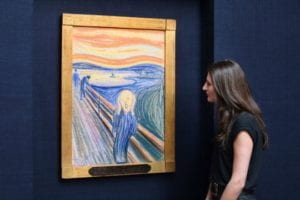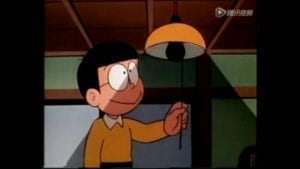From my previous definition of interaction, all my projects focus on encouraging people to do something– encouraging people to engage in activities or to better themselves.
“Dance Visualizer”
The issue I try to tackle in this project is the lack of physical activity in some people. Rather than trying to encourage exercise in the traditional sense (going to the gym, playing sports, etc), I try to encourage it through something that everyone can do in the comfort of their own homes– dancing. Although everyone can dance or has tried to dance, it can often be frustrating if one cannot get the moves right. This can create a negative feedback loop and discourage people from continuing to dance. One way I thought to tackle this problem would be to create an immediate visual aid as one dances.
The visuals would come from processing, and the sensing of the dancer’s movement would come from arduino. The way this project would work is that pressure sensors would be placed at the bottom of the dancers feet, inside a shoe, and when a dancer would step and execute a dance move, a visual representation would be displayed through processing. Because of this, even if the dancer were to make a wrong move, a nice visual would still be displayed, disregarding the fact that the dancer did a wrong move.
The way in which the visuals would work would rely on different combinations of steps from both the left and right feet of the dancer. For example, if the dancer were to step once on their right foot, a bouncing ball would show up, or if the dancer were to step once on the right and twice on the left, lines would move across the screen. Because of the multiple combinations of foot movement, the dancer could freestyle their dances and yield many different visualizations. This allows the dancer to get new feedback from the visualizer every time they dance, making dancing a new and refreshing experience every time.
“Veggie-table”
The issue I try to tackle in this project comes from people’s diets, and the lack of vegetables in some people’s daily food intake. The target audience would be people roaming around in grocery stores, buying their groceries. As some people walk by the vegetables section, they would not bat an eye, but my project would aim to draw people into the vegetable section, and encourage them to buy more vegetables.
The way that my project would work requires simple sensors from arduino, and visuals from processing. A person would walk through the vegetable isle and see a screen with a bunch of different vegetables laid in front of it. The screen would say “Pick one up and see what happens” and a sensor would sense when the if a certain vegetable is picked up. On the screen would display the vegetable’s nutrition facts, as will as a bar that would be filled up as the customer would pick up more and more vegetables. If the customer picks up a sufficient amount of vegetables, the screen would say “Congratulations! You now have a balanced diet!”
The visualizations can be customized, but the general idea is to inform the customer of the nutritional benefits of each of the vegetables they pick up, and then encourage the customer to pick up more vegetables. The screen could also show different recipes that the vegetable could be used in.
“See, Touch, Piano”
In this project, I try to encourage people to play the piano through visual representations of music. People can often be discouraged from playing the piano due to how they perceive the difficulty of starting to play, which makes them not want to start playing in the first place. My project would be placed in public places with a piano where anyone can walk up and start playing.
The way in which my project works is similar to that of my first idea “Dance Visualizer”. Touch sensors would be placed in the keys of a piano and detect when the key is pressed. Processing would then take these different combinations of notes and turn them into visuals in a screen. Different combinations of 1, 2, 3, or more notes would turn into moving visuals on the screen. In this way, the person playing the piano would not only get positive feedback from the harmony in the notes they play, but also nice visual feedback showing the harmonies. Because of this double positive feedback loop, the person would be more encouraged to start playing the piano because of this enjoyable experience.

